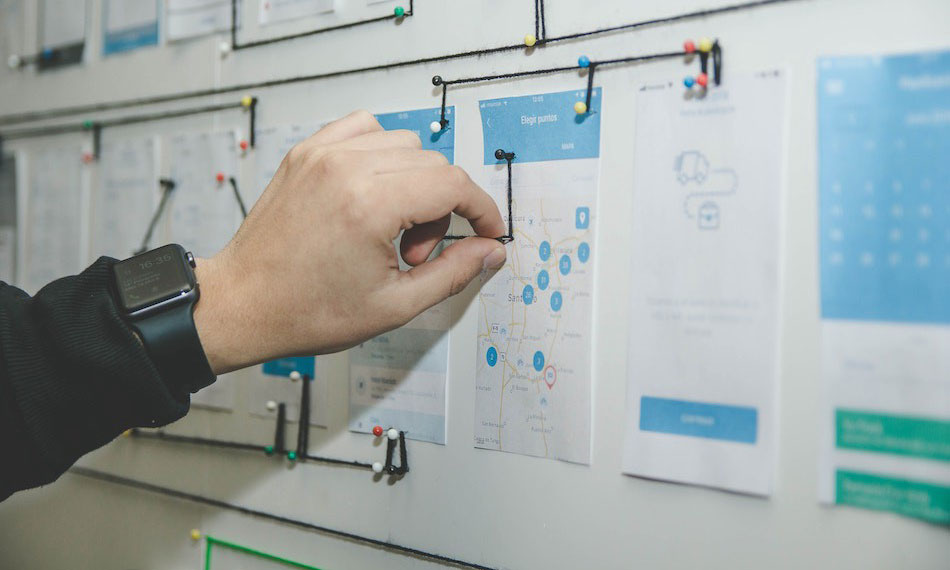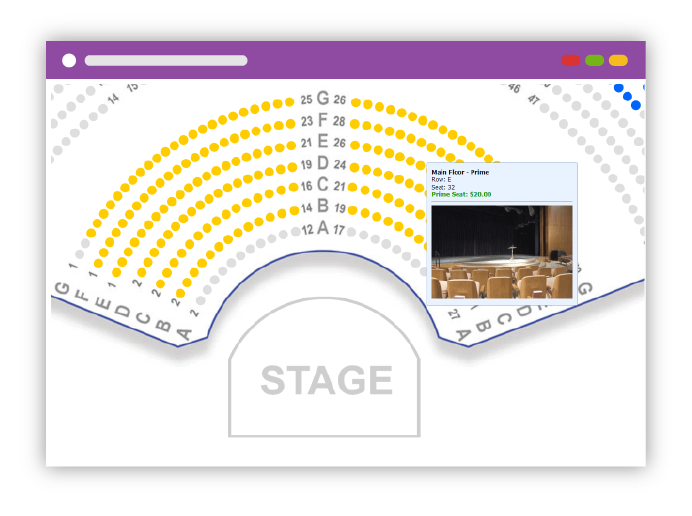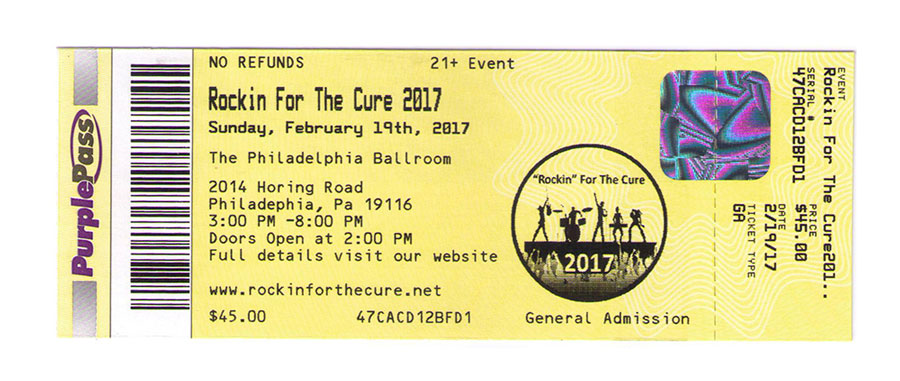The Science Behind Crisis Event Planning and Management
Although the pandemic has put the event industry on pause, we’re seeing event professionals coming up with great alternative ways to organize meetings. Keeping people and tables six feet apart, creating wider aisles, rethinking the marketing and event management - they do a tremendous job to ensure maximum safety.
If you’re looking for ideas like this for your next event, this post is for you. Here, we’ll talk about ways to organize it properly and increase participant safety using a crisis event planning and management plan. To get everything in one place, I say we write everything down in an event planner or take notes.
Sounds good? Let’s begin, then!

1. Write out the safety regulations
Surely your country or city has a list of safety rules and regulations for events. In the U.S., for example, the CDC has Considerations for Events and Architectures. This document is essential for local event planners to enhance the protection of participants.
You need to have a list of these regulations to start your preparation.
Here are some important considerations listed by the CDC to take into account:
-
Provide facilities for employee and participant hand washing
-
Instruct your staff to cover the mouth and nose when sneezing or coughing
-
Provide signs discouraging from exchanging handshakes, high-fives, etc.
-
Require cloth face coverings for every employee
-
Ensure sufficient supplies of hand sanitizer, water, face coverings, tissues, and paper towels during the event
-
Instruct your team to remind the attendees to keep a safe distance
-
Promote these regulations ahead of the event.
When you have the complete list of your local regulations to follow, you can start making some preparations. A great way to cover all bases is to have a checklist based on health recommendations of authorities.
Free Download: Your Complete Checklist for Running a Safe and Risk-Free Event.
2. Think how to keep attendees safe during the event
This is the most important section of your crisis event planning. Here, we need to come up with specific measures to ensure the maximum safety of attendees.
Consider including these measures:
-
Keep a minimum distance of 1.5 meters (ca. 5 ft) between chairs and 2 meters (6.56 ft) between tables.
-
Set up hand sanitizer stations around the venue and plan an adequate amount of sanitizer for the attendees.
-
Consider installing physical barriers between the staff and attendees (kiosks, cubicles, plastic windows, etc.)
-
Provide at least a few laser thermometers for the staff to use if somebody is exhibiting high temperature.
-
Use signs and other visuals encouraging social distancing and discouraging contact (handshakes, etc.)
Each point should be described to prevent misunderstanding. If you’re not sure in your writing abilities, consider outsourcing the written content creation for the event.
Also, consider creating visuals like a custom seating map and an entire event map to cover all bases. A seating map is a visual representation of how people will sit during an event. It’s a great way to ensure proper distancing and wonderful organization because it makes it easier to plan the seating ahead.
You can create custom seating maps via Purplepass, so assigning attendees and improving organization is much easier. The tool has seating chart layouts, templates, and even interactive maps to adjust the seats to the size of your venue and number of attendees.
 An even map shows the entire area where the event is held. You can create one to map the locations of hand sanitizer stations, emergency exits, coffee machines, etc. to ensure social distancing and organization.
An even map shows the entire area where the event is held. You can create one to map the locations of hand sanitizer stations, emergency exits, coffee machines, etc. to ensure social distancing and organization.
Important: consider creating a self-isolation place in your event map. It will be a place where someone suspected of having COVID-19 might go to wait for public health authorities to arrive.
So, to sum up, this section of your plan contains the description of measures you’ll take to respect the health recommendations. It should be useful for event planners and organizers to make the event more throughout-out and safe.
3. Give clear instructions on ticket management
Regarding your ticket registration, digital tickets can be a much safer option than physical ones. That’s why it’s strongly encouraged to use them for your event.

Write a section in your plan explaining how and where the staff should handle tickets. For example:
-
Describe how to check the tickets while ensuring physical distance, e.g., install an autonomous ticket checking station or have a barrier between the employee and the guest
-
Instruct to provide barriers to assist with social distancing at entrances and exits
Describe how to greet and allow guests to proceed to the event area step by step. Everything should be as clear as possible when writing a paper on these procedures.
4. Write a plan for dealing with attendees suspected of COVID-19
Your staff aren’t remote workers. They need to know how to react when someone becomes ill or suspected of having the coronavirus. That’s why your crisis event planning should include this section.
You can:
-
Develop procedures and plans describing how to safely care for people who begin exhibiting COVID-19 symptoms during the event
-
Instruct to collect contact details at entrances to help with a public health investigation in case one is required
-
Describe the procedure for physical contact with an ill attendee if it becomes unavoidable
-
Create a message to inform the attendees that a suspected case might have occurred and instruct for further actions.
A great technique that event organizers do is appoint a key person to monitor compliance with health rules and recommendations. Make sure that this person doesn’t have any other responsibilities and can focus on this task exclusively.
Also, notify the local health authority about having your event. Its contact data should also be included in the event plan.
The bottom line
Keep in mind that the measures in your plan don’t make your event 100 percent safe. But if your team follows them, the attendees should be very safe during the gathering. With the world still being in the pandemic's grip, it’s highly recommended to use a professional event organization's help to maximize event safety.
With that said, it’s quite encouraging and inspiring to see how event professionals navigate these uncertain times together. We see the event industry slowly but surely recovering, and it sure gives us some confidence.
 Author: Helene Cue
Author: Helene Cue
She started her career working in low-cost B2B marketing agencies and cheap writing services, where she developed an unmatched ability to explain complex concepts in simple words. Right now, Helene is working on a writing course to share their knowledge of the art of getting to the top of search results. She is also a senior editor and content writing specialist at EssaySupply, a professional academic writing service, and loves every second of it.





